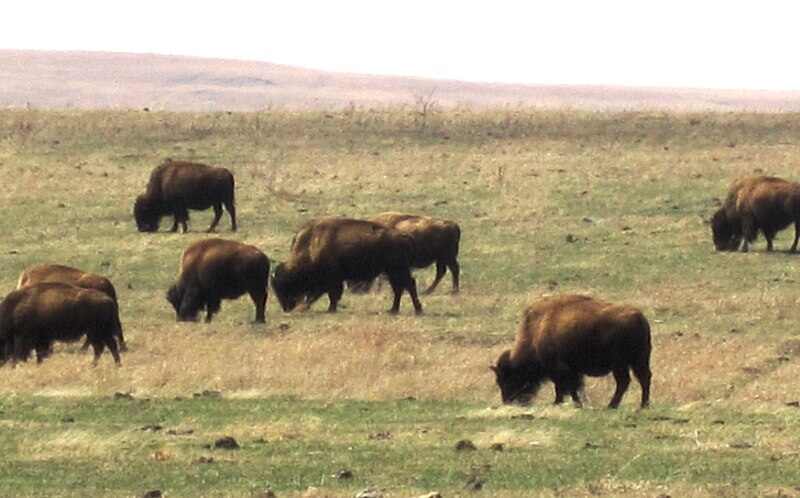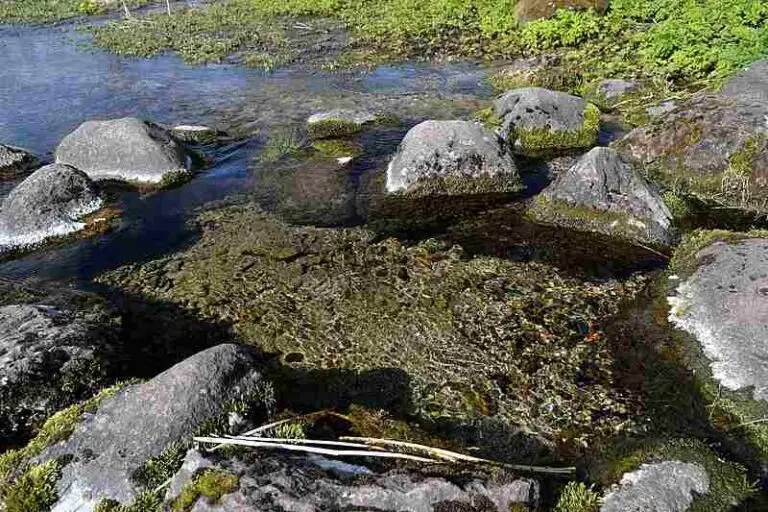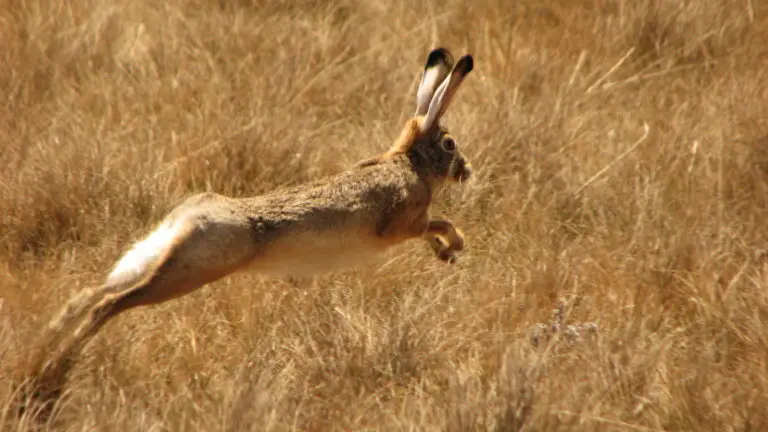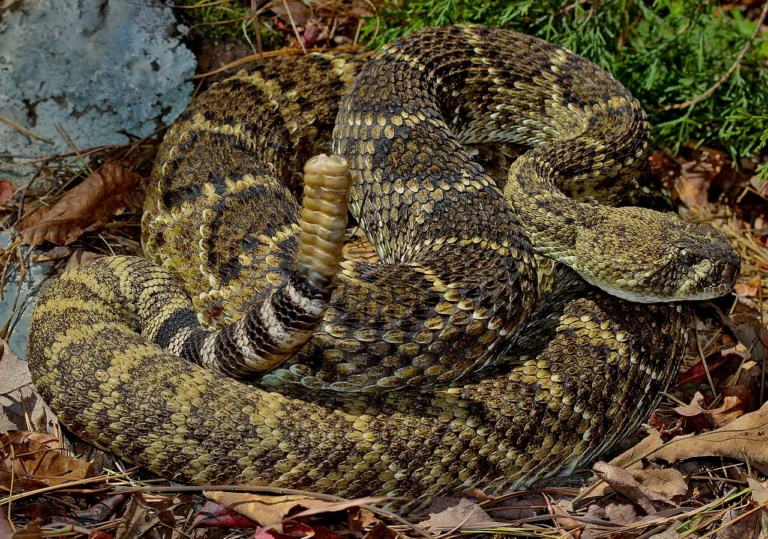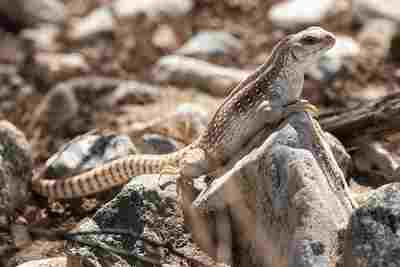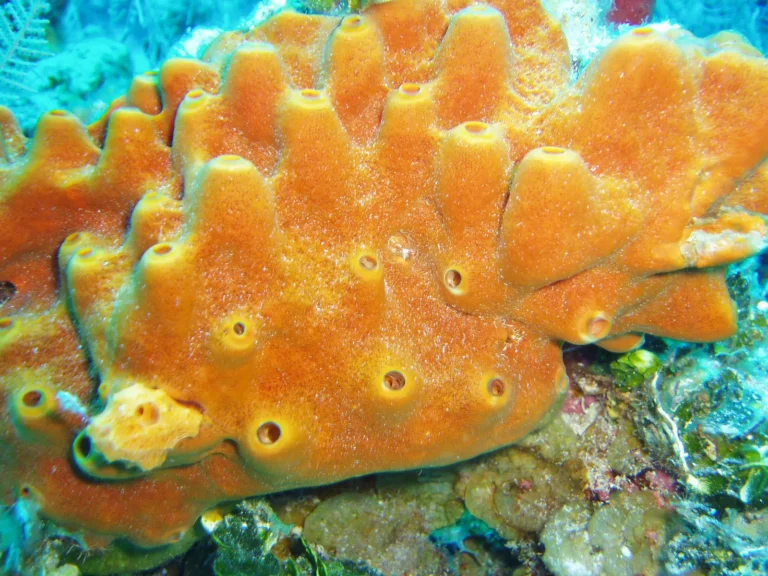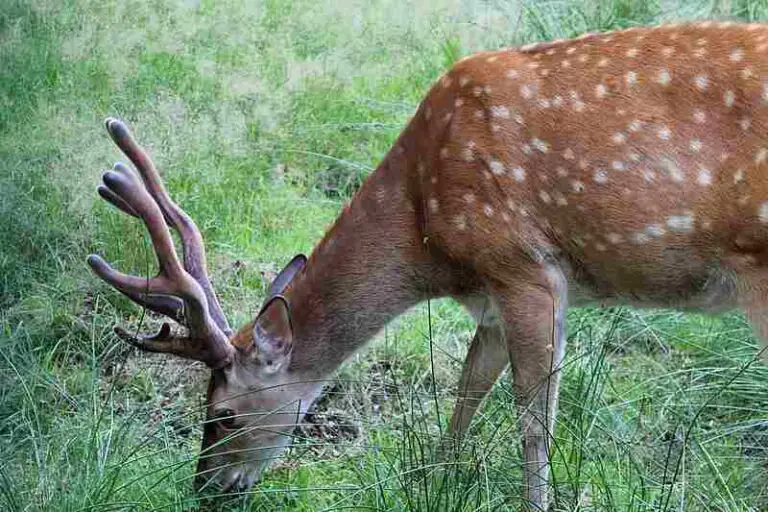5 Characteristics of Temperate Grasslands Explained
Characteristics of temperate grasslands are; minimal rainfall, dominance of grassy vegetation, fertile soil, low biodiversity, and hazard susceptibility.
This article discusses the characteristics of temperate grasslands, as follows;
1). Minimal Rainfall (as one of the Characteristics of Temperate Grasslands)
Minimal rainfall is a climatic characteristic of temperate grasslands.
In general, the climate of a temperate grassland region is characterized by cold winters, hot summers, and low precipitation relative to other ecosystems like savanna grasslands and forests.
Annual precipitation in temperate grasslands is between 20 and 35 inches on average [5].
Temperate grasslands get low rainfall because their mid-latitudinal position secludes them from large water bodies, winds and hydrological process that are predominant in equatorial and intercontinental zones.
For temperate grasslands of the Northern Hemisphere, the main reason they get low rainfall is because precipitation in the non-summer periods occurs in the form of snow, and air currents generally lose most of their moisture before reaching this zone.
Low rainfall is partly responsible for several other characteristics of temperate grasslands, such as low relative biodiversity, soil conditions, and sparsity of trees.
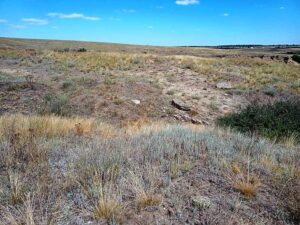
Characteristics of Temperate Grasslands: Minimal Rainfall (Credit: Lubov aleks 2020 .CC BY-SA 4.0.)
2). Dominance of Grassy Vegetation
Grasses are the dominant species in temperate grasslands because precipitation is not sufficient to support the growth of larger type of vegetation like shrubs and trees.
As a result, the only shrubs and trees that may be found in temperate grasslands are those adapted to low water and nutrient-supply conditions, and even these are sparsely distributed.
Prominent species of grasses in temperate grasslands include perennial grasses like tussock, white clover (Trifolium repens), ryegrass (Lolium perenne), and invasive species like Nassella trichotoma [3]. Legumes and forbs may also occur in significant abundance.
Vegetation in temperate grasslands may be broadly distinguished based on physiologic characteristics into tall-grass and short-grass categories [4].
3). Fertile Soil (as one of the Characteristics of Temperate Grasslands)
Temperate grassland soil is thick and fertile, especially when compared to that of savanna grasslands and desert areas.
The topmost layer or 'A Horizon' of this soil comprises of humus from plant and animal biomass that has accumulated [1].
Humus is always present in spite of the relatively-low biodiversity of temperate grasslands, because biodegradation occurs at a slower rate here than in forests.
The type of soil in temperate grasslands is mollisol, whose characteristics include significant organic content and depth of at least 60 cm. Processes like carbon sequestration occur at a relatively high rate in temperate grasslands soils.
4). Low Biodiversity
Temperate grasslands do not have high biodiversity, especially when compared to forests and other biologically-robust ecosystems.
The diversity of temperate grassland species is like that of tundras, by including mostly organisms that have become highly adapted to the harsh bio-geographic conditions of the biome.
While the diversity of species is low, some species have high abundance, especially among plants [6].
Food chains and energy pyramids in temperate grasslands comprise of predictable trends of bioenergy transfer from primary producers to consumers, with occasional abundance-imbalances between trophic levels.
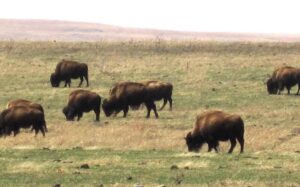
Characteristics of Temperate Grasslands: Low Biodiversity (Credit: Smallchief 2011 .CC BY-SA 3.0.)
5). Hazard Susceptibility
Temperate grasslands are generally susceptible to hazards like wildfires and drought.
The causes of fires in grasslands include lightning, and smaller fires that are uncontrolled or abandoned by humans. Grassland fires are further favored by the presence of dry vegetation and wind, which are characteristic of the climatic conditions in these zones [2].
Susceptibility to drought (and desertification) in temperate is also caused by the prevalent climatic conditions, which include low annual rainfall and humidity.
Conclusion
Characteristics of temperate grasslands are;
1. Minimal Rainfall
2. Dominance of Grassy Vegetation
3. Fertile Soil
4. Low Biodiversity
5. Hazard Susceptibility
References
1). Barratt, B. C. (2006). "A classification of humus forms and micro-Fabrics of temperate grasslands." European Journal of Soil Science 15(2):342 - 356. Available at: https://doi.org/10.1111/j.1365-2389.1964.tb02231.x. (Accessed 4 March 2023).
2). George Neary, D.; McMichael Leonard, J. (2020). "Effects of Fire on Grassland Soils and Water: A Review." Grasses and Grassland Aspects. Available at: https://doi.org/10.5772/intechopen.90747. (Accessed 4 March 2023).
3). Humphries, T.; Turville, C.; Sinclair, S.; Florentine, S. (2022). "An integrated approach for the restoration of Australian temperate grasslands invaded by Nassella trichotoma." Sci Rep. 2022 Dec 9;12(1):21364. Available st: https://doi.org/10.1038/s41598-022-25517-3. (Accessed 4 March 2023).
4). Klappenbach, L. (2019). "The Grassland Biome Habitat: Where Grasses Rule and Trees Are Sparse." Available at: https://www.thoughtco.com/overview-of-the-grassland-biome-130169. (Accessed 4 March 2023).
5). Nazneen, S. (2013). "Temperate Grasslands." Available at: https://www.academia.edu/7618119/Temperate_Grasslands. (Accessed 4 March 2023).
6). Sala, O. E. (2011). "Temperate Grasslands." Global Biodiversity in a Changing Environment (pp.121-137). Available at: https://doi.org/10.1007/978-1-4613-0157-8_7. (Accessed 4 March 2023).
